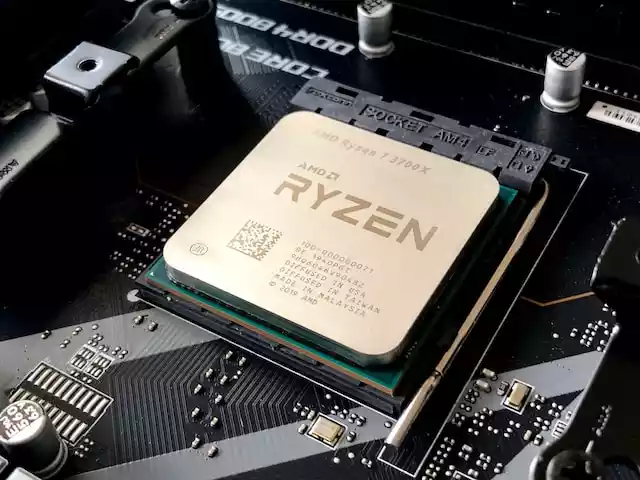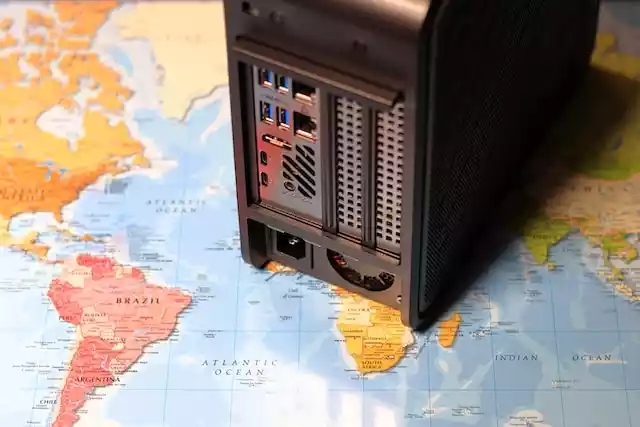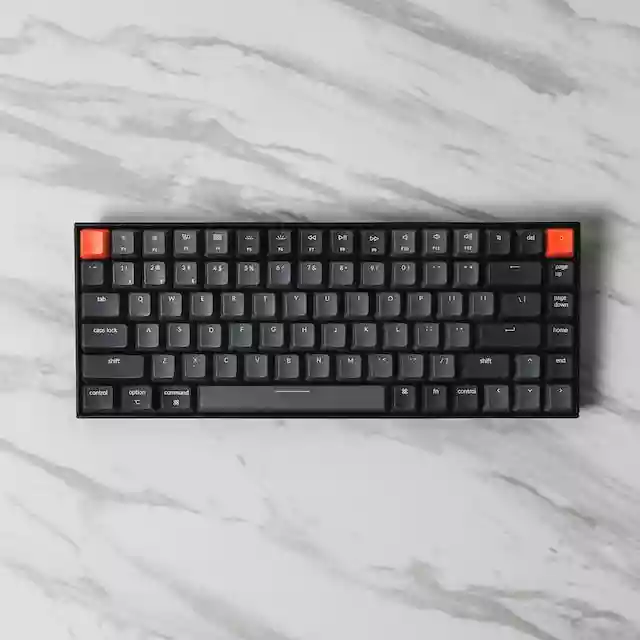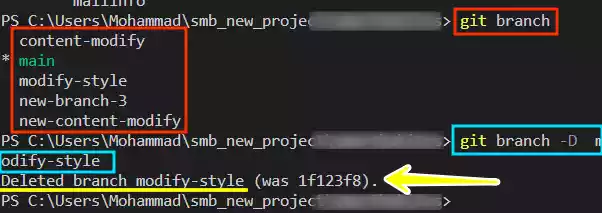The Key Difference Between CPU and System Unit
CPU (Central Processing Unit) and the system unit play vital roles in the processing and functioning of a computer system.
While they are interconnected, it’s important to understand the key differences between these two components.
This article aims to highlight on the distinction between the CPU and the system unit, exploring their functions, physical structures, and other notable characteristics.
Table of Contents
Definition of CPU
The CPU, often referred to as the “brain” of the computer, is the primary component responsible for executing instructions and performing calculations.
It is an electronic circuitry device that interprets and carries out the basic operations of a computer program.

Definition of System Unit
The system unit, also known as the computer case or chassis, is the housing that contains and protects the internal components of a computer.

It provides a framework for connecting and organizing various hardware components, including the CPU, memory, storage devices, and expansion cards.
Components of CPU
The CPU consists of several key components, including:
- Arithmetic Logic Unit (ALU): Performs mathematical and logical operations.
- Control Unit (CU): Manages and coordinates the execution of instructions.
- Registers: Small, high-speed memory units used to store data for immediate processing.
- Cache: Provides faster access to frequently used data.
- Clock: Generates regular electronic pulses to synchronize the operations of the CPU.
Components of System Unit
The system unit encompasses various components, such as:
- Motherboard: Main circuit board that connects and allows communication between different components.
- Power Supply Unit (PSU): Converts and supplies electrical power to the computer.
- Memory (RAM): Temporarily stores data and instructions that the CPU needs to access quickly.
- Storage Devices: Hard drives, solid-state drives, or optical drives used for long-term data storage.
- Expansion Slots: Provide connections for additional hardware, such as graphics cards or network adapters.
Key Differences
1. Function
The CPU functions as the central processing and control unit of a computer system. It performs calculations, executes instructions, and manages data processing tasks.
On the other hand, the system unit serves as the enclosure that houses and organizes various hardware components, including the CPU, memory, and storage devices.
2. Physical Structure
The CPU is a single chip or a collection of integrated circuits mounted on a small circuit board. It is typically smaller in size and directly installed on the motherboard.
Conversely, the system unit is a larger enclosure that contains the CPU, motherboard, power supply, storage devices, and other components.
It provides space and connectivity for these elements.
3. Location
The CPU is located within the system unit, typically secured in a socket on the motherboard. It is positioned at the heart of the computer system.
On the other hand, the system unit is placed externally and can be positioned on or beside a desk, accommodating the user’s convenience.
4. Upgradability
Upgrading the CPU usually involves replacing the existing CPU chip with a newer, more powerful one that is compatible with the motherboard.
This process requires technical expertise and may be limited by the compatibility of the CPU and the motherboard.
In contrast, the system unit allows for various components to be upgraded or replaced individually, such as adding more memory, upgrading storage, or installing new expansion cards.
5. Interaction with Peripherals
The CPU interacts directly with peripherals through input/output ports and controllers. It manages the flow of data between the computer and peripheral devices, such as keyboards, mice, monitors, and printers.
The system unit, on the other hand, provides the physical connections and interfaces for peripherals to connect to the computer.
Wrap Up
The CPU and the system unit are integral parts of a computer system, each serving distinct purposes.
The CPU acts as the central processing and control unit, executing instructions and performing calculations, while the system unit provides housing, organization, and connectivity for the various hardware components.
Understanding the differences between the CPU and the system unit helps us grasp the complexity and functionality of modern computer systems.
Frequently Asked Questions (FAQs)
- What is the main function of the CPU? The CPU’s main function is to execute instructions and perform calculations.
It acts as the brain of the computer, processing data and controlling the overall operation of the system. - Can the CPU be upgraded? Yes, the CPU can be upgraded by replacing the existing chip with a more powerful one compatible with the motherboard.
However, this process requires technical knowledge and consideration of compatibility. - What are the main components of the system unit? The main components of the system unit include the motherboard, power supply unit, memory (RAM), storage devices, and expansion slots for additional hardware.
- How does the system unit interact with peripherals? The system unit provides physical connections and interfaces for peripherals to connect to the computer.
It manages the flow of data between the computer and peripheral devices through input/output ports and controllers. - Can I upgrade individual components within the system unit? Yes, the system unit allows for the upgrade or replacement of individual components, such as adding more memory, upgrading storage devices, or installing new expansion cards.





